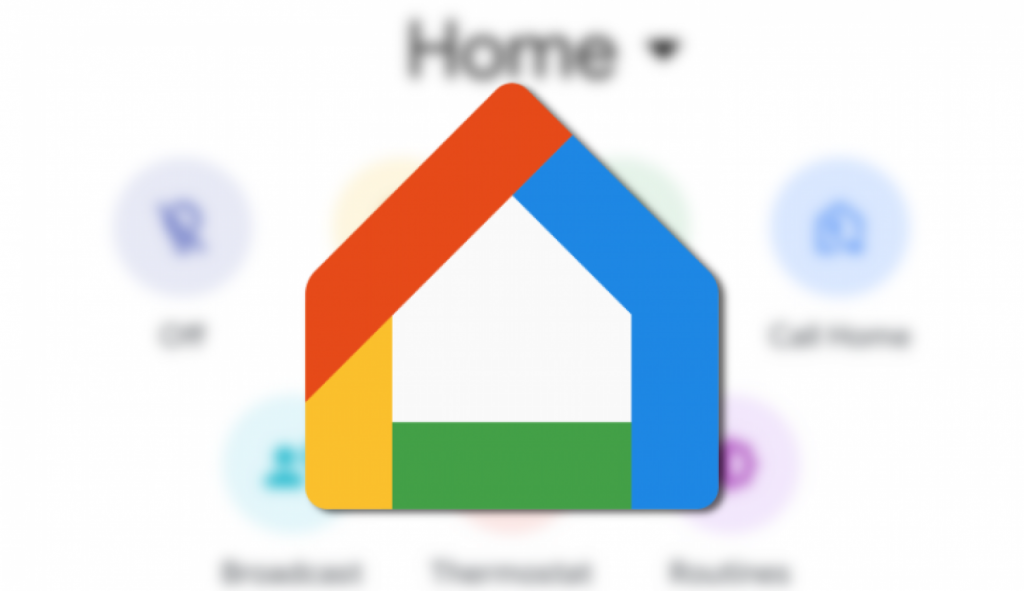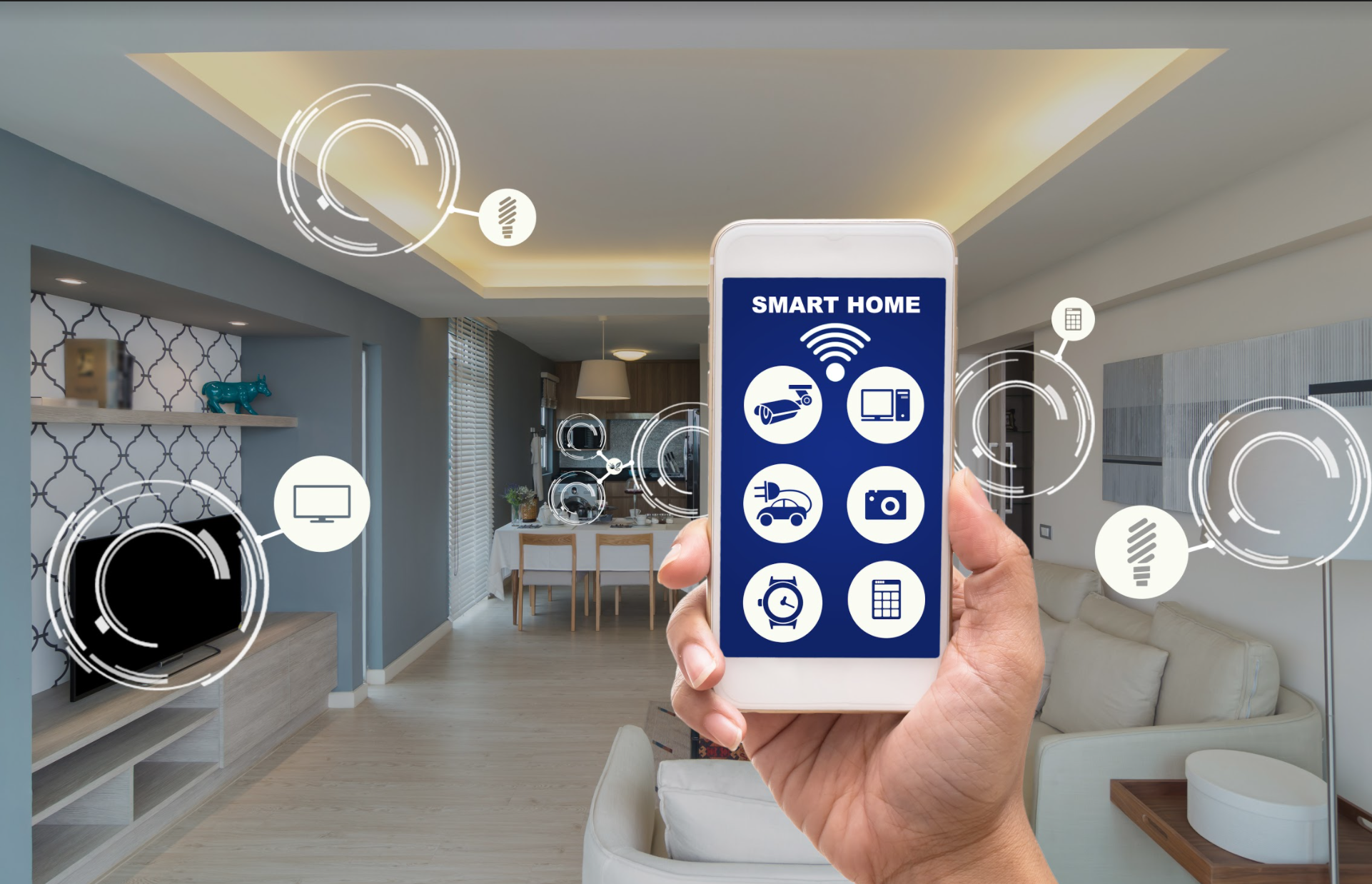Popular
Why You Should Download the Google Home App Today!

Why You Should Download the Google Home App Today!
Google Home is a smart speaker developed by Google that enables users to speak voice commands to interact with services through the company’s personal assistant software, Google Assistant. A significant number of services, both in-house and third-party, are integrated.
Google Home is a powerful tool that provides users with a wide range of features. It can be used to control compatible smart home devices, access entertainment services, and more. Google Home also features an extensive library of voice commands that allow users to listen to music, control the playback of videos or photos, or receive news updates entirely by voice. In this article, we will explore why you should download the Google Home App today.
With the advent of smart homes, managing your home appliances and devices has become a breeze. One such tool that has significantly eased this process is the Google Home App. This app allows you to control all your connected devices from a single platform. Whether you want to dim the lights, play music, or manage your smart TV, the Google Home App is your one-stop solution. This article will provide a comprehensive guide to help you get started with the Google Home App.
Google Home is a versatile tool that brings the power of Google’s vast knowledge and capabilities into your living space. It’s not just a smart speaker, but a personal assistant, a home automation hub, and an entertainment center all rolled into one. However, many users only scratch the surface of what their Google Home can do. In this article, we will explore why you should download the Google Home App today and how to unlock the full potential of your Google Home app.
If you already have a Google Home app installed, you can continue setup in the app. If you don’t have the Google Home app, you can download it from the Apple App Store or Google Play. Once you’ve installed the app, you can continue with the setup process. If you’re having trouble finding your Chromecast, you can follow the instructions in the Google Home app to troubleshoot the issue. With the Google Home app, you’ll be able to control and manage all your smart home devices in one place.
Simplify Your Life
Smart Home Control
- Control all your smart home devices from one place: With the Google Home app, you can manage all your smart devices, like lights, thermostats, cameras, and more, from one central location.
- Set up routines: You can set up routines for your devices to follow. For example, you can have your lights turned off, your thermostat adjust, and your doors lock automatically at bedtime.
- Voice control: You can control your devices with just your voice, thanks to Google Assistant integration.
Entertainment Hub
- Stream music and videos: The Google Home app lets you stream music, podcasts, and videos to your devices.
- Multi-room control: You can group your devices and play music or videos on all of them at once, creating a seamless entertainment experience.
- Personalized recommendations: The app learns your preferences over time and suggests content you might like.
Stay Organized
- Calendar integration: You can link your Google Calendar to the Home app and get reminders about upcoming events.
- Set reminders and timers: You can set reminders for tasks or set timers while cooking, studying, working out, etc.
- Make shopping lists: You can create shopping lists by voice or in the app, and they’ll be available on all your devices.
You can also set schedules according to your daily needs and routines.
https://store.google.com/intl/en/ideas/articles/curious-about-smart-home-devices-start-here/
Enhance Your Google Assistant
- Train your assistant: You can teach your Google Assistant to recognize your voice with the Voice Match feature.
- Customize your news: You can choose the news sources you want your Assistant to pull from.
- Continued conversations: You can have back-and-forth conversations with your Assistant without having to say “Hey Google” before each command.
Train your Google Assistant to become more robust and work according to your preferences.
https://www.makeuseof.com/google-home-app-what-is-it/
In conclusion, the Google Home app is a powerful tool that can help you control your smart home devices, manage your everyday tasks, and enhance your Google Assistant experience. It’s a must-have for anyone looking to simplify their life and make the most of their smart devices. So, why wait? Download the Google Home app today!
Check out this article on a related topic:
Google Home on the App Store
https://apps.apple.com/us/app/google-home/id680819774












